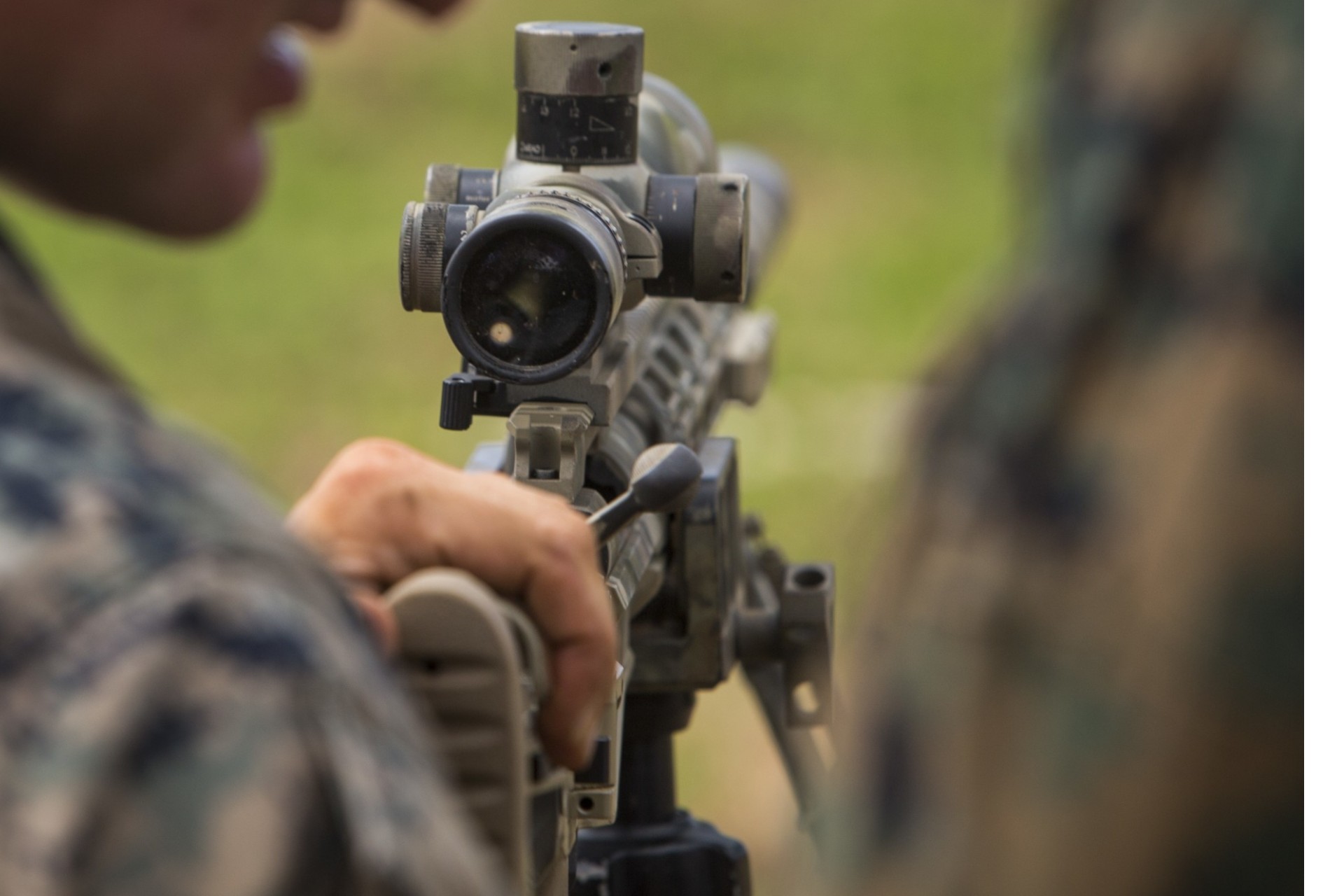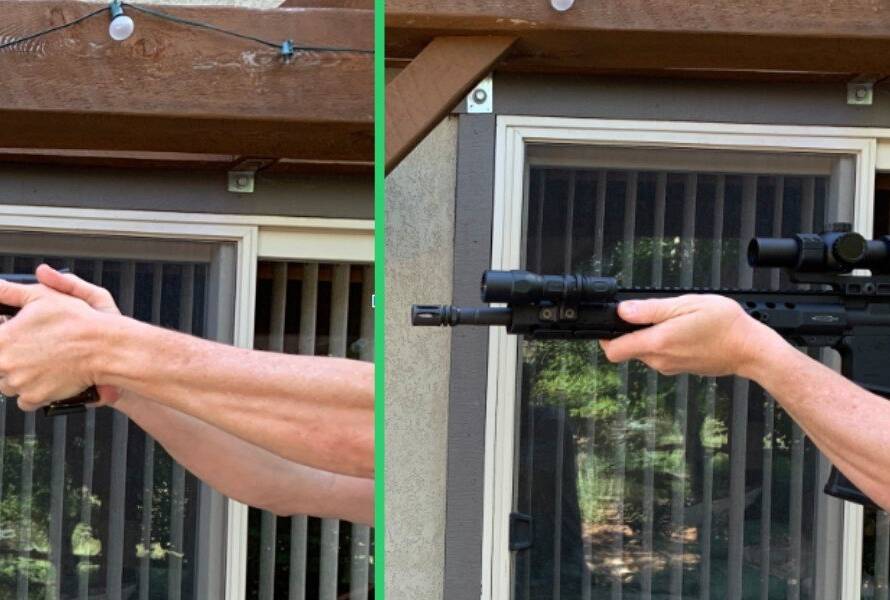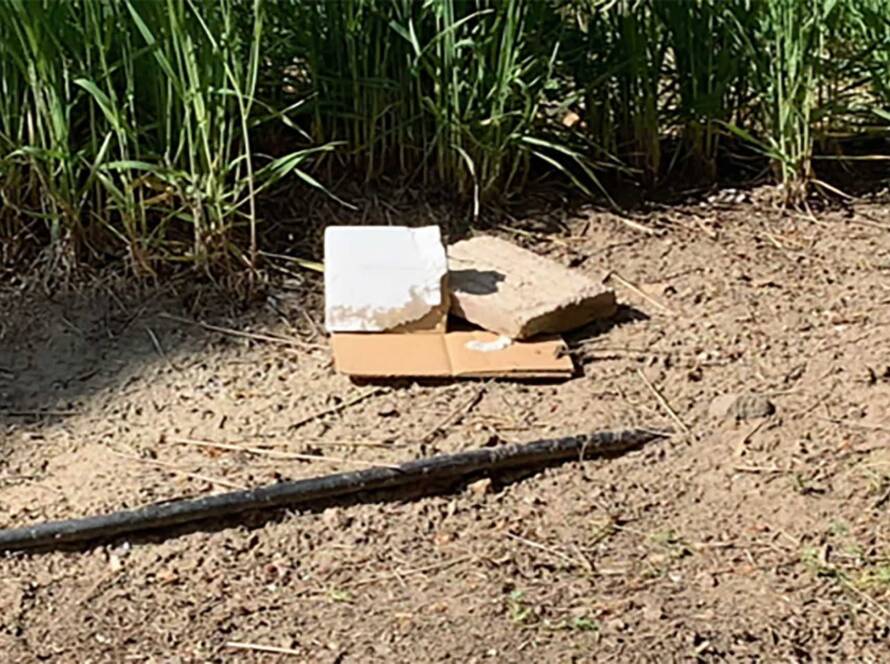It might be summer, but hunting season will be here before you know it. That means it’s time to start prepping your hunting gear for cooler weather.
It’s no secret that the months leading up to hunting season are crucial for target practice and making sure everything is in proper working condition. That includes your rifle and scope.
Your rifle scope is one of the most important aspects of getting fully outfitted. That’s why this article takes a look at buying used scopes, including what to look for and how to find the right scope for your gun.
Keep reading to get the inside scoop on how to get the most for your money regardless of your used scope budget.
1. Ask Yourself if You Really Need a Scope
There’s no denying that advancements in technology have resulted in a ton of cool hunting equipment. In fact, you can buy almost anything you could imagine for making your hunting experience as convenient and easy as possible.
But just because something is available doesn’t necessarily mean you need it. After all, the art of hunting has been around for literally thousands of years. When you think about it, guns are a relatively brand new form of hunting technology.
This means that you might not even want or need a scope. Before investing hundreds of dollars on a scope, take the time to think about what you’ll use it for.
Keep in mind that scopes increase aiming accuracy, especially at a great distance. So if you plan to take shots from hundreds of yards away, you’ll definitely need a scope. Why? Because the last thing you want to do is wound an animal that will end up suffering needlessly.
2. Decide On the Type of Scope You Need
Next, you’ll need to select a scope that will fit your specific needs.
For example, tactical scopes typically have low magnification so that you can locate your target quickly. Low magnification also allows for a wider field of view, making it ideal for close-range targets.
A precision scope provides a wide range of magnification along with the functionality to adjust for wind or elevation when you’re hunting in extreme conditions. This ability to zoom in and out can make all the difference, especially when you’re stalking your target on foot.
A good hunting scope should provide enough magnification for big game and small game. Just keep in mind that you’ll be better off working with less magnification.
3. Set Your Budget
Before you start shopping around, you’d be wise to decide how much you can afford to spend. After all, even less expensive scopes aren’t cheap. And scopes that feature all the latest bells and whistles can easily run into the thousands of dollars.
They might be worth every penny, but you don’t want to break the bank bagging that trophy buck you’ve been dreaming about.
One thing to consider is the 2 to 1 ratio rule. This rule dictates that you should pay half as much for your scope as you did for your gun. For example, if you paid $1000 for your gun, you should spend $500 on your scope. This is obviously not a hard and fast rule, but it does provide a reasonable guideline to follow.
Sit down and take a long look at your personal finances just as you would for any other major purchase. Then prioritize much exactly how important a more expensive scope will be to your overall hunting experience and budget accordingly.
4. Fixed Scope or Variable Scope
When a scope features fixed magnification, it means that you won’t be able to zoom in or out. This type of scope may be more desirable due to the fact that more light will be able to pass through the lenses, thus providing a better and brighter view of the target.
The second advantage of fixed magnification is that you won’t have to waste time worrying about what power to use when assessing the distance to the target.
A variable magnification scope obviously provides many advantages in the field because you can adjust the magnification based on the exact distance to your target. Just keep in mind that a poor quality variable scope might end up compromising your shot.
You’d be wise to experiment with both types of scopes before making your purchase.
5. Crosshairs
Crosshairs for rifle scopes are now better than ever. The key is to choose a scope with the particular features that work best for you.
For example, a scope with a duplex reticle will have crosshairs that are thicker on the outside and taper down to the center in the field of view. This will allow you to aim more quickly and accurately in low light.
Or you can modify the reticle with a dot in the middle. This is a popular choice for hunting small game.
6. Eye Relief
You’ll also need to consider whether the scope is compatible with eye relief. This is simply the distance between your eye and the eyepiece of the lens.
You should be able to view your target without placing your eye against the eyepiece. Three to four inches of eye relief should adequately protect your eye against recoil when the rifle is fired.
7. Maintenance Requirements
Another factor to take into consideration is maintenance. Every rifle scope needs to be properly maintained, just make sure that you will be able to easily clean it in the field when you encounter rain, dust, mud, or any other type of debris.
Your Complete Guide to Buying Used Scopes
The key to a successful hunting season is how well you prepare during the off-season. Fortunately, this guide to buying used scopes will help you gear up for the best fall and winter ever.
Please feel free to contact us with any questions about our products.






2 Comments
Taylor Hansen
I’m glad you mentioned having a fixed magnification so you know the power of use and the distance of the target. Since I am hunting in a couple of weeks, I want to get a new scope since my current one broke on my last trip. I’ll be sure to find one that is easy to install and won’t be out of focus when I use it.